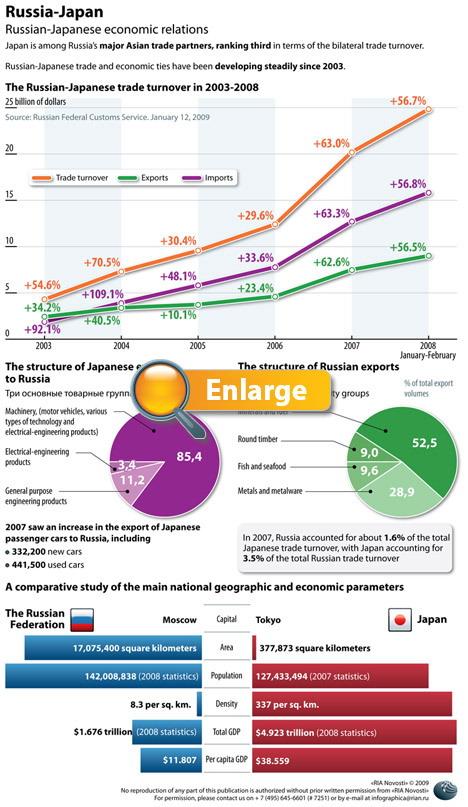
- •Кафедра «Деловой иностранный язык»
- •Учебное пособие соответствует гос впо направления подготовки бакалавров менеджмента 080500.62 «Менеджмент».
- •Contents
- •Предисловие preface
- •Vocabulary Study
- •Vocabulary Study
- •Vocabulary Study
- •Vocabulary Study
- •Discussion
- •2. Determine the problems d. Medvedev touches upon and discuss them with your classmates.
- •Об истории и перспективах российско-американских отношений
- •Гуд бай, Америка
- •Practice
- •Vocabulary Study
- •Discussion
- •2. Determine the problems t. Dyachenko touches upon and discuss them with your classmates.
- •Vocabulary Study
- •Vocabulary Study
- •Vocabulary Study
- •“Японское присутствие” в России. И наоборот
- •Practice
- •Vocabulary Study
- •The Cultural Revolution Decade, 1966–1976
- •What were the reasons of the Cultural Revolution?
- •Who were the Red Guards? And what was their role in the Cultural Revolution?
- •Vocabulary Study
- •Vocabulary Study
- •Vocabulary Study
- •Global Insights: Chinese-Russian Relations the Best Ever?
- •Practice
- •Discussion
- •Vocabulary Study
- •Vocabulary Study
- •References библиографический список
- •Страноведение
Vocabulary Study
Explain the meaning of the following words and word-combinations as they are used in the text. Translate them into Russian:
|
to emerge as rivals |
to be on the verge of implosion |
|
forcible |
the dismemberment of one’s patrimony |
|
to bolster one’s position |
to carve out |
|
preeminence |
to jockey for influence |
|
a flashpoint |
to cede |
|
to the chagrin of |
to counter expansion |
Reading
Read the passage about the history of Russian–Japanese relations in the Far East. Be ready to summarize it and answer comprehension questions.
In the second half of the nineteenth century, Russia and Japan emerged as rivals in the Far East. The two factors that led to this clash were Russia’s expansion to the Pacific and Japan’s awakening after its forcible opening in 1854 by Commodore Matthew Perry. The Russians had reached the shores of the Pacific already by 1639, but in 1860 they bolstered their position in the region with the founding of the city of Vladivostok. In Japan, the Meiji Restoration of 1868 returned the emperor to prominence after centuries of rule by the shogun and ushered in a period of modernization and expansion. Perhaps inevitably, competition arose between these two empires for preeminence in northeastern Asia.
Initial contacts in the region between Russia and Japan had begun in the eighteenth century, as Russia expanded into the North Pacific from a new base on the Kamchatka Peninsula. Catherine the Great (1762–1796) consistently encouraged trade, a policy that brought Russian merchants into increasing contact with foreigners along its eastern border. Contention over Sakhalin Island and the Kurile archipelago, which consisted of approximately thirty islands stretching between Hokkaido and Kamchatka, became an ongoing focus of treaty negotiations between the two empires beginning in the nineteenth century. Sakhalin Island (known as Karafuto in Japanese) eventually was divided into a northern Russian and a southern Japanese half, while both countries at various times controlled all or part of the Kurile chain.
The flashpoint for serious conflict between the two empires proved to be Manchuria in the northeastern corner of China. By the end of the nineteenth century, the Chinese empire was on the verge of implosion. After having been repeatedly humiliated by westerners, the Manchu emperors oversaw the effective dismemberment of their patrimony as foreign powers systematically carved out spheres of influence on Chinese territory. By the 1890s, Russia began to jockey for influence in Manchuria. Its objective was to shorten and protect the new Trans-Siberian Railroad route to the port of Vladivostok. Japan, which had defeated China in the Sino-Japanese War of 1894–1895, was pressured by Russia and other European powers to give up some of its gains from that war, and eventually ceded the Liaotung Peninsula and Port Arthur back to China.
Russia subsequently pounced on the opportunities afforded by a weakening China, essentially turning Manchuria into a tsarist colony. The city of Harbin, today the capital of China’s Heilongjiang province, prospered as a major regional Russian metropolis and railroad hub for the Trans-Siberian line. To the chagrin of the native Chinese and envious Japanese, by 1900 Manchuria seemed a new and wholly incorporated outpost of the Russian Empire. The tension between the two empires culminated in the Russo-Japanese War of 1904–1905, which Japan initiated in order to counter tsarist expansion.
(from http://memory.loc.gov)
Comprehension Questions:
When did contacts between Russia and Japan begin?
What were the reasons of conflicts between Russia and Japan?
Discussion
1. Analyze scheme given below and read the article from “Rossiyskaya Gazeta” (20.06.2006) about the Russian-Japanese economic relations. Summarize the information and render it in English.

(from http://en.rian.ru)
2. Determine the spheres, in which Russia and Japan cooperate, and discuss this question with your classmates.
